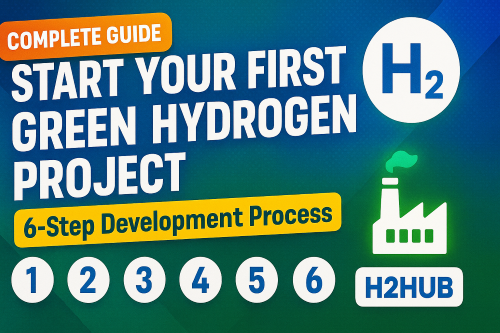What are solar minigrids?
- switchingtosolarpv
- Oct 31, 2022
- 3 min read
Solar minigrids are a type of minigrid that uses solar panels to generate electricity. Solar panels are mounted on rooftops or in open areas and connected to a central inverter. The inverter converts the DC power generated by the solar panels into AC power, which can then be used to run appliances and lights.
Solar minigrids offer many benefits over traditional grid-based energy systems. They are much cheaper to build and maintain, and can be easily scaled up or down to meet the changing needs of a community. Solar minigrids also have the advantage of being able to operate independently from the national grid, meaning they are not affected by power outages or brownouts.
Solar minigrids are an increasingly popular option for rural communities in Africa that are not connected to the national grid. They offer a clean, renewable source of energy that is affordable and reliable. Solar minigrids are empowering communities and giving them the opportunity to develop and grow.
How do solar minigrids work
Solar minigrids use solar panels to generate electricity. The solar panels are mounted on rooftops or in open areas and connected to a central inverter. The inverter converts the DC power generated by the solar panels into AC power, which can then be used to run appliances and lights.
What are the benefits of solar minigrids?
Solar minigrids offer many benefits over traditional grid-based energy systems. They are much cheaper to build and maintain, and can be easily scaled up or down to meet the changing needs of a community. Solar minigrids also have the advantage of being able to operate independently from the national grid.
Solar minigrids are an increasingly popular option for rural communities in Africa that are not connected to the national grid. They offer a clean, renewable source of energy that is affordable and reliable. Solar minigrids are empowering communities and giving them the opportunity to develop and grow.
What are some of the challenges of solar minigrids?
One challenge of solar minigrids is that they require a lot of upfront investment. Another challenge is that they can be difficult to maintain, particularly in remote areas. Finally, solar minigrids only generate electricity during the daytime, so backup systems are required for night-time use.
How can solar minigrids be improved?
One way to improve solar minigrids is to make them more efficient. This can be done by using higher quality solar panels and by improving the inverter system. Another way to improve solar minigrids is to make them more affordable. This can be done by using cheaper materials and by simplifying the design. Finally, solar minigrids can be made more reliable by adding backup systems such as storage batteries or diesel generators.
Can solar minigrids be hybridized?
Solar minigrids can be hybridized with other energy sources such as wind or hydro. This can be done to improve reliability or to reduce costs. Hybrid systems are often more expensive than pure solar minigrids, but they offer the advantage of being able to generate electricity around the clock.
What is the future of solar minigrids?
The future of solar minigrids is bright. They are becoming increasingly popular as a way to provide energy access in rural communities. Solar minigrids are also being used more and more in urban areas. With continued improvements in technology, solar minigrids will become even more efficient and affordable, making them accessible to even more people.
In conclusion, solar minigrids offer many advantages over traditional grid-based energy systems. They are cheaper to build and maintain, and can be easily scaled up or down to meet the changing needs of a community. Solar minigrids also have the advantage of being able to operate independently from the national grid, meaning they are not affected by power outages or brownouts. Solar minigrids are empowering communities and giving them the opportunity to develop and grow.
Interested in supporting solar development? Learn more about how innovative solar companies are revolutionalizing financing of solar projects in Africa, South America and USA.



Comments